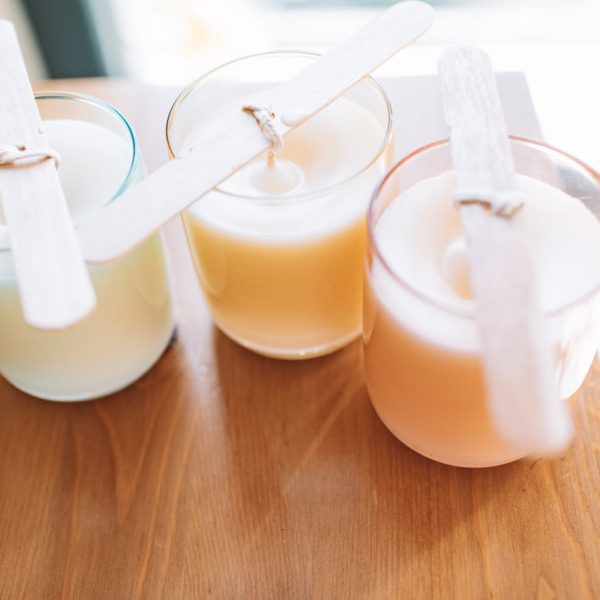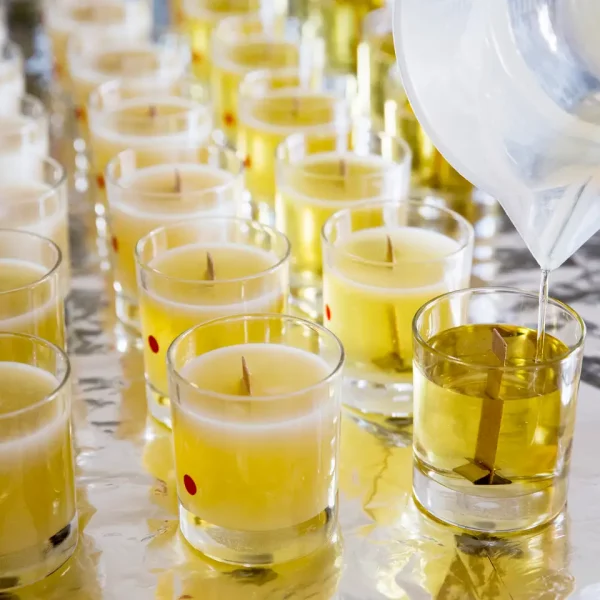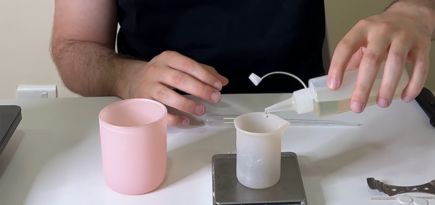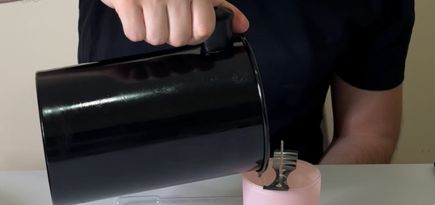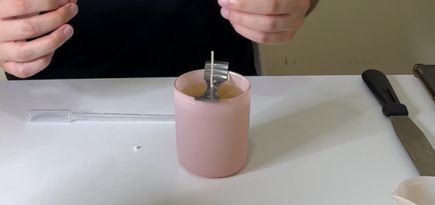Learn Candle Making
Your ultimate candle-making resource that includes everything from free tips to premium classes and courses.
Last Updated: July 23, 2024
Candle Making Classes
Learn how to make candles with our carefully crafted, and feature rich classes.
-
Book an hour with an expert candle maker, and ask till your heart’s content.
One-On-One Candle Making Consultation
25 € 40 € This product has multiple variants. The options may be chosen on the product page -
Master making container candles with this detailed booklet.
Container Candle Making Booklet (E-Book)
25 € This product has multiple variants. The options may be chosen on the product page -
Master the art of creating natural coconut and soy wax container candles.
Online Candle Making Class
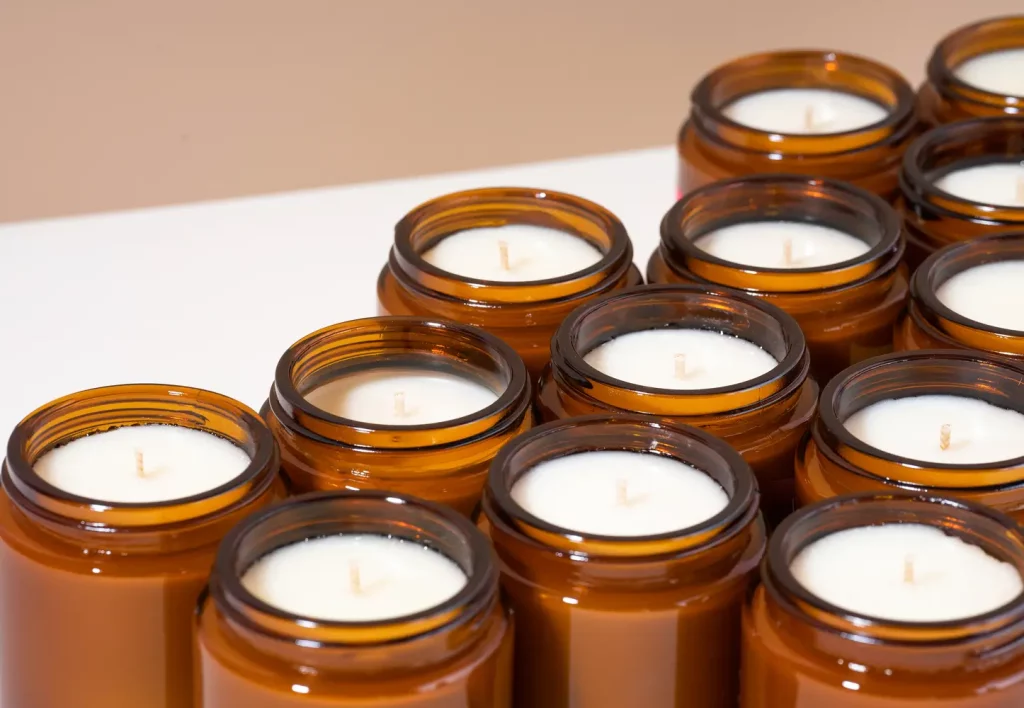
Types of Candles
If you want to learn how to make candles, you must first understand the different types that exist. There are four types that you should be concerned about, and they are:
- Container candles
- Pillar candles
- Tealight candles
- Taper candles
The two main types that you most likely will want to make are Container candles and Pillar candles. Container candles are the ones that come in the form of jars filled with wax. Pillar candles on the other hand are basically designed by filling up a mold with wax and pulling it out to match a specific design.
Supplies Needed to Make a Candle
To make a candle you will need the following items:
- A pitcher or small pot to hold your wax
- Thermometer
- Pipette to pull up the oils
- Candle jar or mold
- Wick
- Wax
- Fragrance oil or Essential oil
- Spatula to stir
- Double-sided sticker or glue gun
- Digital scale
- A big pot to fill with water
- A wick-centering tool, or any two sticks to help center the wick
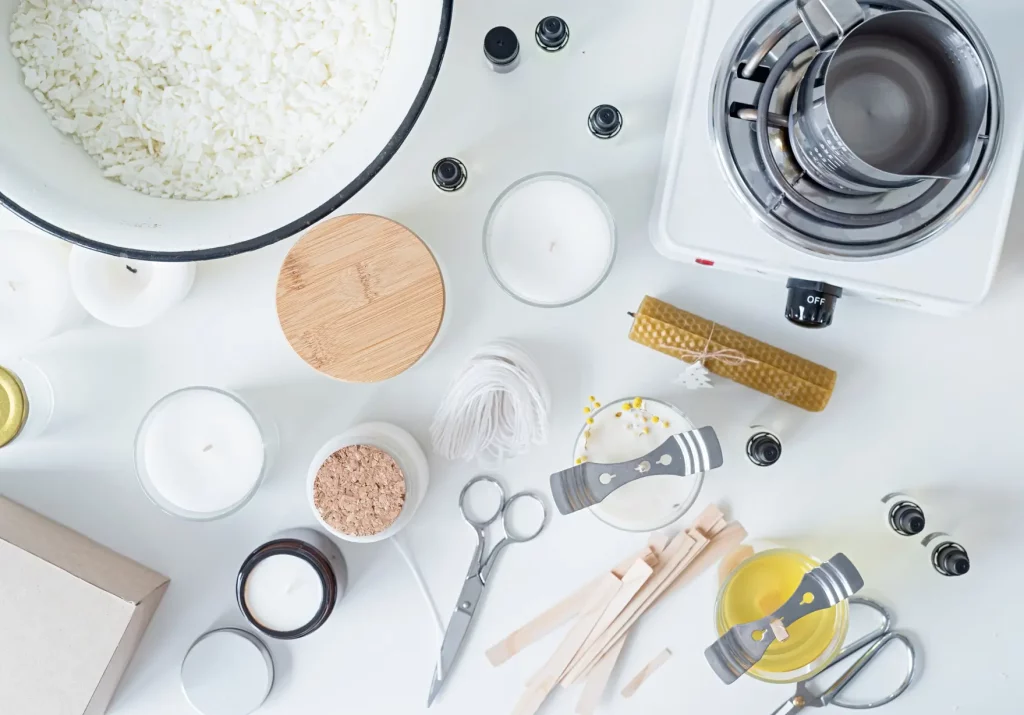
Types of wax
Understanding which type of wax you need makes the whole difference when making your candle. When it comes to wax, you have the following:

Soy Wax
The most used in the industry for natural waxes.

Coconut Wax
Cleanest burn, and strongest scent throw, but melts fast.

Paraffin Wax
Byproduct of petroleum, the cheapest but the least natural.
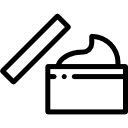
Gel Wax
This is the same as paraffin wax, but is transparent.
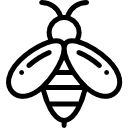
Beeswax
Natural, but not vegan, commonly used in mold candles.

Rapeseed Wax
Not very common in the market due to its price range.

Palm Wax
Healthy option, but not considered sustainable for obvious reasons.

Apricot Wax
Creates a clean burn, with creamy finishes, but quite expensive.
Some waxes are used only for container candles, and others are used for pillar or mold candles. Usually, mold candles require harder waxes with higher melting points like specific types of soy, palm, or beeswax, whereas container candles work with soft waxes with low melting points like coconut wax, apricot wax, or even soy wax.
Some waxes are also healthier than others, for example, paraffin is a byproduct of petroleum, which makes it an obvious hazard when compared to a plant-based wax like soy wax, which is made by processing soybeans. So the decision goes back to you on which type of wax you want to use. A good starting point would be soy wax.
Types of wicks
When talking about wicks, there are multiple types that can be used in candle making, and these are:
- Cotton wicks
- Wood wicks
- Hemp wicks
- Zinc core wicks
- Lead wicks
Nowadays, candle makers usually go with either cotton or wood wicks, and this is due to their wide availability and ease of use. Not all wicks are the same though, cotton wicks, for example, can come in different names and sizes. You have things like Eco wicks, LX wicks, CD or Stabilo wicks, and so on. Then you have the size of the wick, like ECO 8, CD 14, LX 6, and so on and so forth.
The type of wax, size of the jar, additives, and number of wicks you are using will play a big role in your wick selection as bigger wick sizes can generate more heat and cover more surface area. A good starting point would be to measure the diameter of your jar and follow this wick sizing guide.
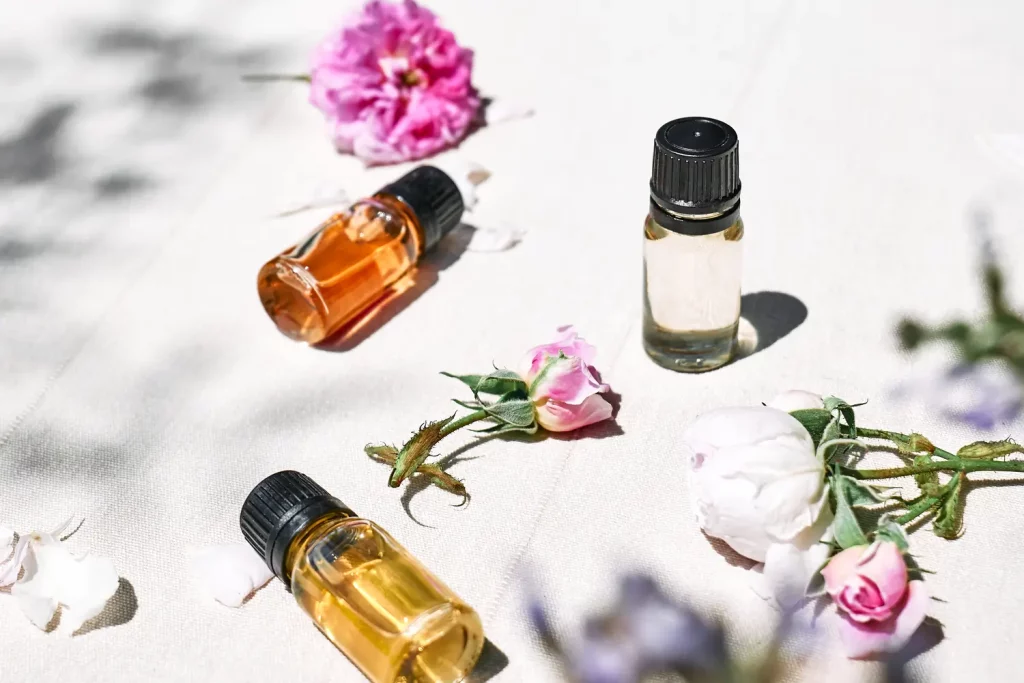
Types of scented oils
When choosing an oil, there are two routes that you can take in candle making. Synthetic fragrance oils, or natural essential oils. There are some differences between fragrance oils and essential oils, but the main two takeaways are that one is natural and the other is synthetic, and the fact that fragrance oils have a lot more options compared to the latter.
How to Make a Candle
Anyone can make a candle. Once you have all the materials mentioned above, all you have to do is the following:
Fill your candle jar with water, and measure it using your scale. This will help us understand how much wax is needed to fill the jar.
Multiply that water weight by 0.8, and this is how much wax you will need. We do that calculation because wax is less dense than water, so 100g of water is equal to 100 * 0.8 = 80g of wax.
Remove the water, and dry the jar very well making sure there is not even one drop of water.
Place the same amount of wax in a pouring pitcher or steel pot, and let it sit on the side for now.
In the meantime, we will boil some water in a pot, and when it comes to a boil, put the pitcher inside the pot with the thermometer inside.
Wait until the wax heats up to 75 degrees Celsius or 167 Fahrenheit, this usually takes around 15 minutes.
Clean the candle jar from any dust particles with a dry cloth, and then place the double-sided sticker on the bottom of your wick.
Finally, place the wick as close to the center of the jar as possible.
Measure 7% of scent oil and keep it aside, preferably in a silicon or glass cup, not paper or cardboard.
For example, if you used 100 grams of wax, your formula would be 100 * 0.07 = 7 grams of scented oil. (Weight of wax * Percentage / 100)
After the wax reaches the right temperature mentioned in Step 5, remove it from the heat and place the scented oil inside.
Stir gently using a spatula for 2 minutes straight, and then let the wax cool down to 60 degrees Celsius or 140 degrees Fahrenheit.
Slowly pour the wax into the candle jar without disturbing the wick.
Let the candle rest for 48 hours before lighting it up.
These are the basics of making a candle. If you want to professionally make one, whether it is for fun, or for your brand, then you can check out our online candle making class that takes your candle skills to the next level.
-
Master the art of creating natural coconut and soy wax container candles.
Online Candle Making Class
Common Candle Making Mistakes
Even we, as experts in the candle industry, still make mistakes and face problems from time to time. Here are a few that you might come across while crafting your masterpieces:- Sweating: This is where the oils starting escaping the wax, and form wet drops on top of your candle.
- Weak scent throw: Your candle is not throwing enough scent. (Common in soy candles)
- Sinkholes and air bubbles: Small air pockets that form inside your wax.
- Frosting: White spots that form on top, or the side of your candle.
- Tunneling: A tunnel created in your candle with a lot of leftover wax on the sides of the jar.
- Wet spots: Spots that look hollow, and form on the sides of your candle jar.
Candle Making Calculators
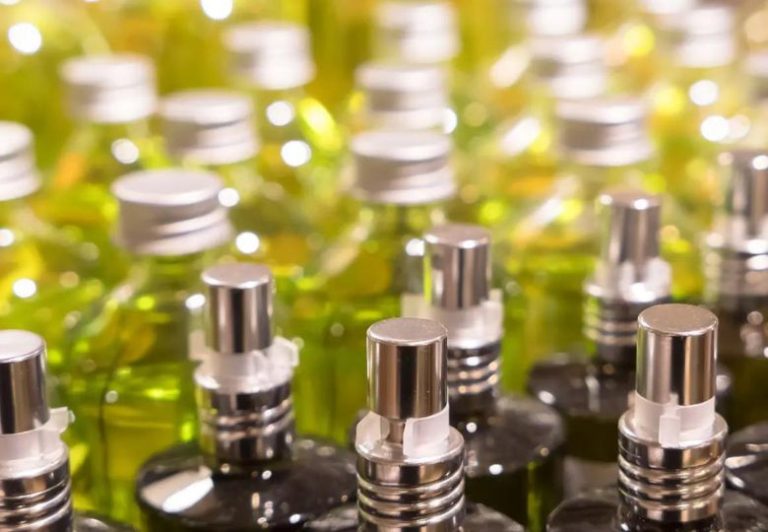
Fragrance Oil Calculator
Find out how much fragrance oil and wax is needed for your recipe.
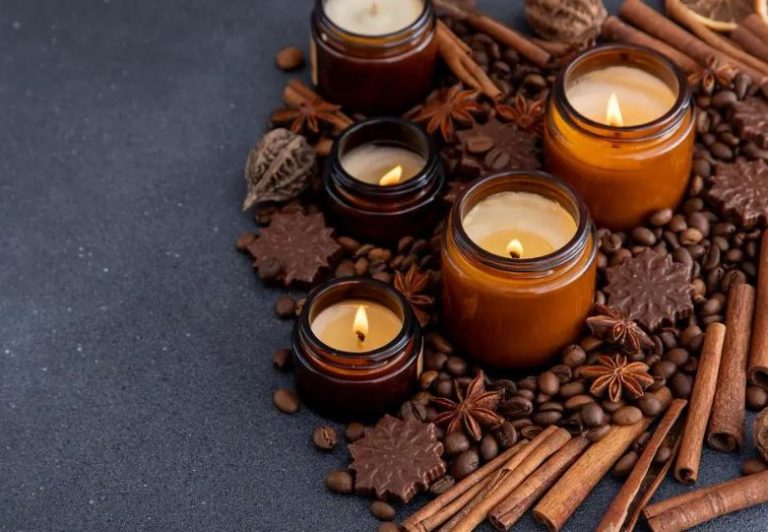
How Many Candles
Find out how many candles you can make with your available supplies.
Candle Making Guides
Read our guides on making candles, and find unique tips and tricks that you can’t find elsewhere.

